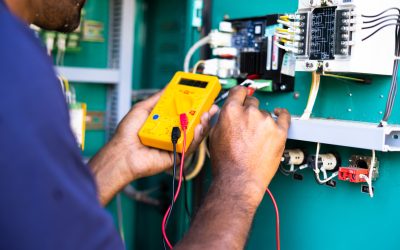Sewage pumps in Rhode Island may not be the most glamorous of apparatuses, but in the intricate system that is Rhode Island’s water infrastructure, they are unsung heroes. This integral city support plays a massive role in keeping our waters clean and disease-free.
It’s time to highlight their significance, understand the nitty-gritty details of sewage pumps in Rhode Island.
Understanding the Core of Sanitation in Rhode Island
Sanitation is the backbone of any modern society, and sewage pumps are central to this. Without properly functioning pumping systems, Rhode Island’s close-knit coastal community could face severe health and environmental crises. From bustling urban areas to the serene suburbs, sewage pumps carry out the vital task of channeling waste from homes, industries, and commercial entities to treatment facilities, ensuring clean water returns to our environment.
The Environmental Threat of Pumping Failures
In Rhode Island, as with any coastal state, the environment is particularly sensitive to pollution. Pump failures, requiring pump repair companies, can lead to immediate health risks, as well as long-term damage to marine life and water quality. The continuous operation of sewage pumps in Rhode Island is a matter of public health and meets regulatory requirements to safeguard the state’s beautiful natural resources for future generations.
The Anatomy and Function of Sewage Pump Systems
Sewage pump systems are varied, but their role is uniform: facilitate the movement of sewage against gravity so that it can be collected in sewer lines and pumped to treatment facilities. These systems employ an array of pumps, each designed for different needs, whether it’s the removal of solid waste or the lifting of effluent to higher levels for treatment.
Types of Sewage Pumps
Sewage pumps come in various types, including submersible, grinder, and effluent pumps. Each is specially engineered for different conditions and materials. Submersible pumps, for instance, are watertight and made to operate while submerged, usually employed when vertical lift is necessary. Grinder pumps break down waste into slurry, enabling easier transport. Effluent pumps, on the other hand, handle fluids after solids have settled out to provide further treatment.


